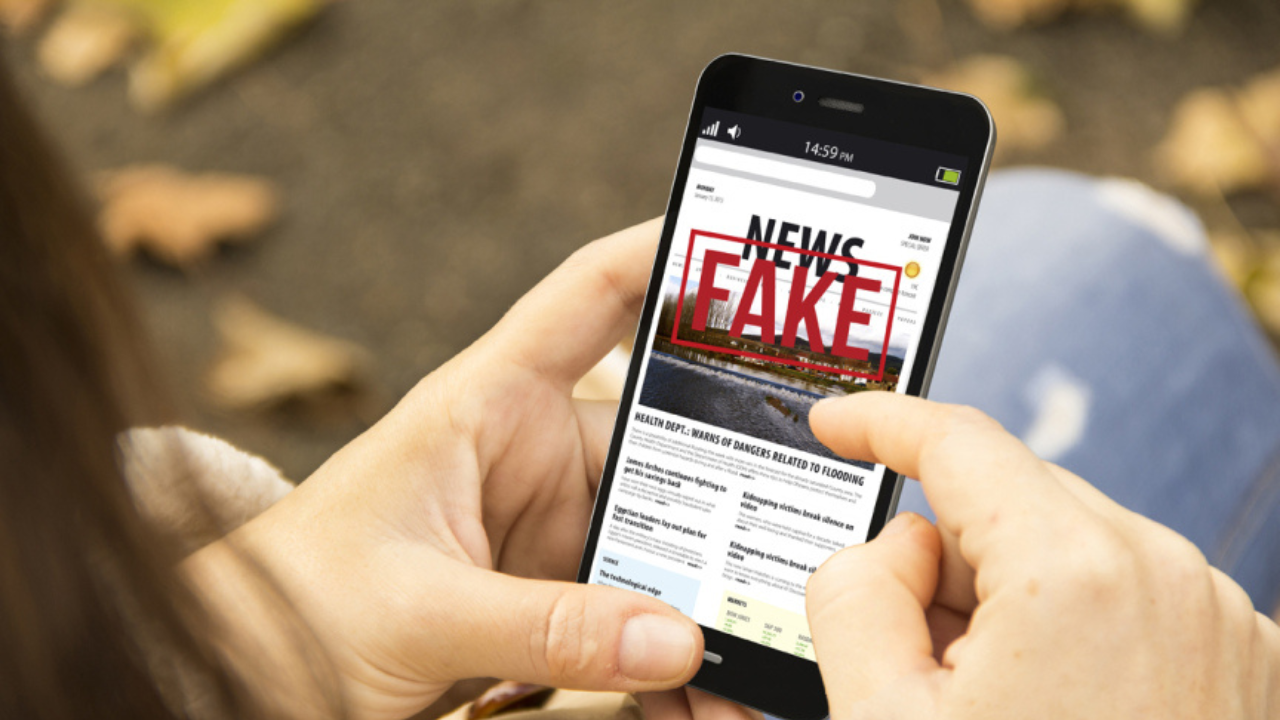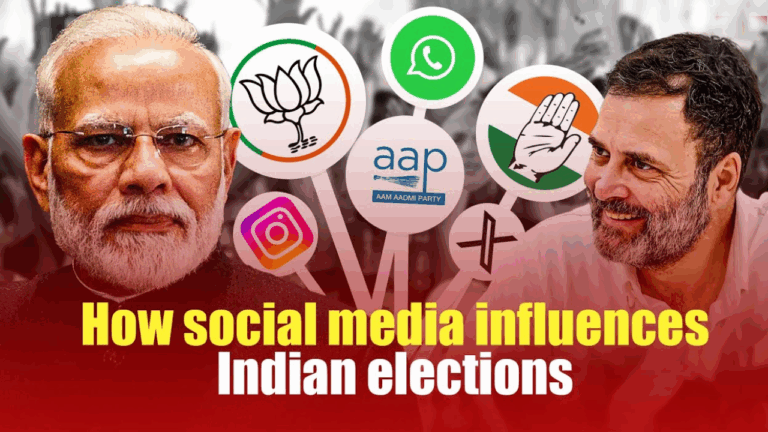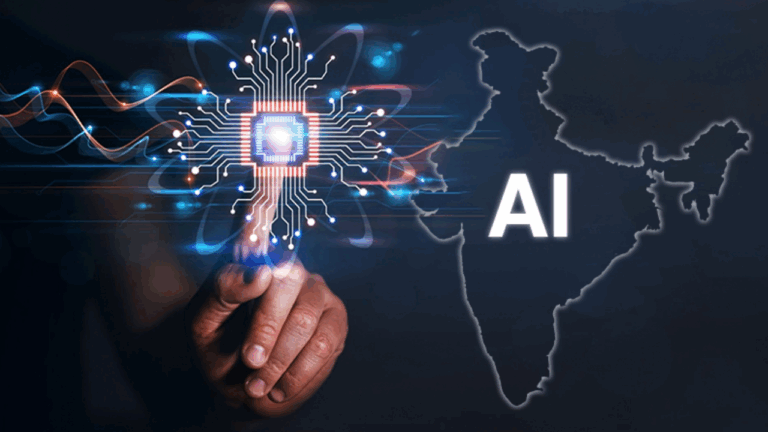Fake News in Politics: How Big is the Threat in 2025?
Why Fake News Is a Serious Concern for Indian Politics in 2025
Fake news is no longer just a buzzword. In 2025, it has become a serious political problem, not just in India, but across the world. With elections coming up in several states, and the Lok Sabha elections around the corner, the rise in political misinformation is raising concerns for voters, politicians, and election authorities alike.
From WhatsApp forwards to AI-generated deepfake videos, fake news is being used to mislead voters, damage reputations, and even spread fear. This article from Social Impact Insight covers everything you need to know about the impact of fake news in Indian politics today.
Fake News in 2025: Key Highlights
| Topic | Details |
| Main Sources | WhatsApp, Facebook, X (formerly Twitter), YouTube |
| Target Area | Politics, elections, candidates |
| Latest Trend | Deepfake videos and AI-generated speeches |
| Real Cases | Gujarat man arrested for sharing deepfake of PM Modi |
According to recent reports, nearly 50% of fake news content shared in India today is political in nature. This includes fake videos of politicians, edited news headlines, and misleading polls.
Real Incidents That Happened Recently
- Deepfake of PM Modi – A man from Gujarat was arrested for sharing a fake video of Prime Minister Modi. The video was made using AI to show a fake “attack scene” and spread panic in local WhatsApp groups.
- Fake Voter Turnout Posts – During the 2024 general elections, social media platforms saw a flood of posts showing fake voter numbers and turnout updates, especially aimed at specific communities.
- Manipulated Party Speeches – AI tools have been used to copy the voice and face of political leaders to create fake speeches. These videos go viral quickly, often before fact-checkers can respond.
How Fake News Affects Elections
Fake news can be dangerous in a democracy like India. Here’s how:
- Confuses Voters: People often believe and share fake news without checking facts.
- Spreads Fear: Rumours about violence or voting fraud can discourage people from voting.
- Damages Reputation: A single viral post can ruin the image of a candidate or party.
- Increases Polarization: Fake news often targets religion, caste, and communities to divide people.
What Is Being Done to Stop It?
| Action | Who’s Doing It |
| Fact-Checking | PIB Fact Check, Alt News, Boom Live |
| AI Detection | Social media platforms using AI to spot fake content |
| Legal Action | Police filing cases under IT laws and IPC sections |
| Public Awareness | Media campaigns teaching users how to verify news |
The Government of India has also issued new guidelines for social media companies. They must take down harmful content within a few hours if reported. But the fight is ongoing and needs more support from the public.
Tips for Readers: How to Spot Fake News
- Check the Source – Is it a trusted news website or a random page?
- Look for Spelling Errors – Fake news often has grammar mistakes.
- Verify with Official Websites – Use Election Commission or PIB for accurate info.
- Don’t Forward Everything – Avoid sharing unverified news on WhatsApp and social media.
Final Thoughts from Social Impact Insight
In 2025, fake news is not just a problem on the internet. It’s a direct threat to democracy. As Indian voters, we have a big responsibility — to be alert, aware, and active in fighting misinformation. By verifying before sharing, supporting fact-checkers, and reporting false content, we can help protect our elections.
For more updates on political news, elections, and fact-checking, stay tuned to Social Impact Insight. Let’s stay informed, not misled.







